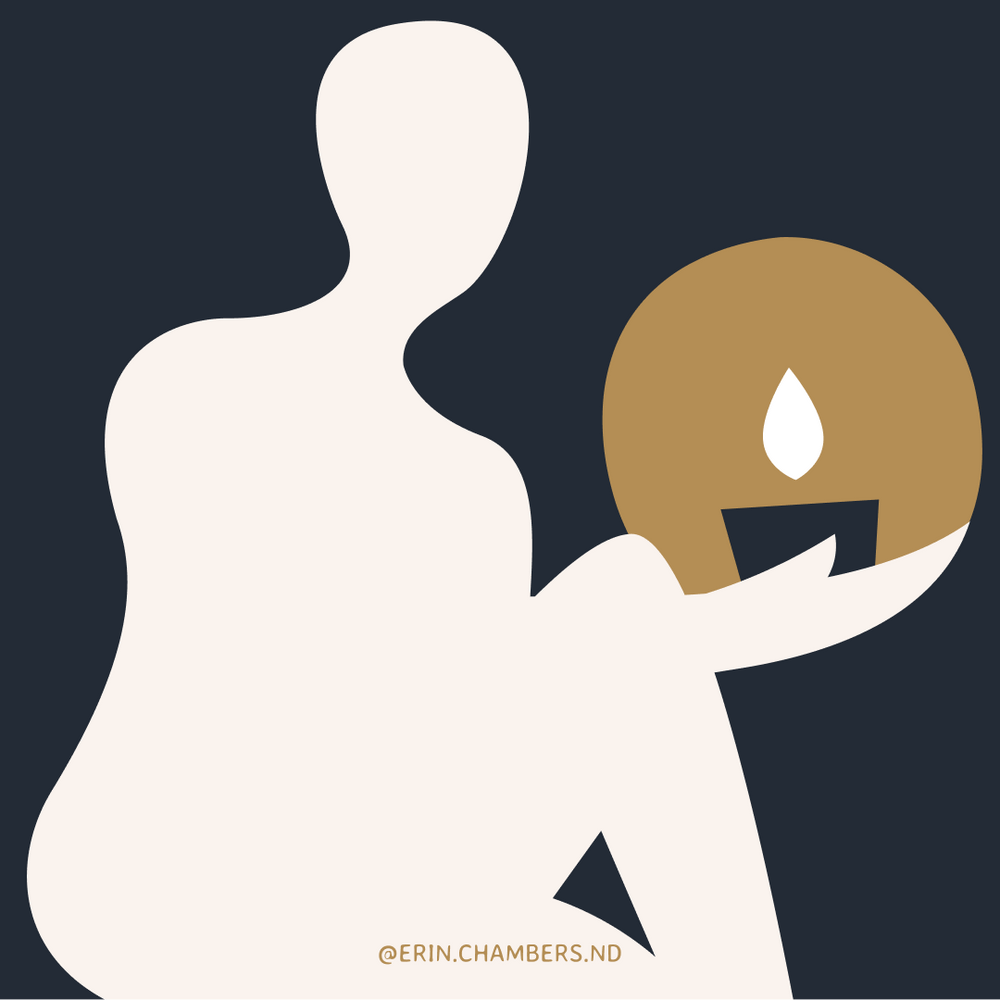Breast Cancer Self Screening: Know Your Breasts


Breasts often get relegated to the "look but don't touch" category. But here's the thing, getting a little more acquainted with these assets of ours can be the ultimate health power move.
Yes, that’s right, breast self-awareness can be your secret weapon in the fight against the Big C. Ignore the awkwardness and get up close and personal with your breasts, so you can get ahead of the game and take an active role in your well-being.
Know YOUR Normal
Every breast is different, so what’s most important is to know your own baseline and to be attuned to any changes. Please note that most changes are not the result of cancer. Our breasts change over time along with the rest of the body, from puberty on through adult life.
Many women experience pain, swelling, or even lumpiness in the breasts around the time of their period. Temporary fluctuations like that are normal, as can be the shape, size and texture changes that come along with aging and your menstrual cycle. What’s more important to look out for is ongoing pain or lumps that don’t go away, but if anything at all seems out of the ordinary to you, get it checked out.
How to Check Your Breasts
Your breasts are your chest landscape, and just like exploring a new hiking trail, knowing the terrain helps you spot any unexpected bumps or detours. By becoming familiar with your "breast topography" through observation and touch, you're essentially becoming the trail guide of your own body.
Breast self-awareness isn’t about conducting a formal self-exam with specific guidelines, it's about being very familiar with your breasts through regular observation, so that you’ll notice any changes right away.
This check should be done regularly, so it’s a good idea to make it part of your monthly routine. Approximately one week after the start of your period is the best time to check as hormones are at their lowest.
The routine:
Stand in front of the mirror, and observe your breasts with your arms at your sides, then move your arms out to the side above your head, then on to your hips, and then lean forward. Repeat these steps looking from the side. Observe for any changes outlined below:
- Appearance: Size, shape, or symmetry, skin dimpling (like an orange peel), puckering, redness, rashes, or scaling. For example, if one breast has always been the big one and now it's even with with the other side, that warrants investigation.
- Texture : Gently assess your breasts for any lumps. Pay attention to the underarms and collarbone areas where the lymph nodes are located. The most concerning lumps are those that are painless, fixed, non-changing or increasing in size, and have irregular borders.
- Nipple changes: Notice any discharge, retraction, or changes in nipple shape, direction, or colour. For example, if one nipple always pointed in one direction and now it's pointing a different one, that should be investigated.
More on puckering: If the skin puckers like you would see a pucker in a piece of cloth when putting tension on it, it may be of concern. Tumours can fix onto adjacent tissue causing a tug on the surrounding breast and skin.

What if I notice something unusual?
Don't panic! While changes can be unsettling, it's crucial to remember that most breast lumps are benign, meaning they're not cancerous. However, any change warrants a conversation with a healthcare professional. They can assess the situation, perform additional tests if needed, and provide reassurance or further guidance.
IMPORTANT: Breast self-awareness is not a replacement for professional screenings. Regular mammograms and clinical breast exams by your doctor remain vital, especially as you age. Think of them as your safety net, while self-awareness acts as your first line of defense.
To find out more about breast checks and steps to take, consider speaking to a naturopath or to your GP.
Why is it so important to check regularly?
Unfortunately, breast cancer still presents a significant health concern, and while advancements in medical science are improving outcomes, early detection is still the most important thing you can do. Breast cancer is currently the most prevalent form of cancer, and in 2020 alone, 2.3 million people were diagnosed, and there were more than 685,000 deaths. But it also has a very high survival rate at more than 90%, up from 75% in the 1980s, largely due to improved early detection.
Survival rates started to climb in the 1990s, with more comprehensive treatment plans and the start of early detection programmes, which starts with the self-check. The best defence for breast cancer is knowing your normal, being aware of any changes in your breasts, and having regular mammogram screenings.
Be in the Know
Embrace the knowledge! Equip yourself with accurate information from trusted sources like the Canadian Cancer Society. Share this knowledge with your friends, because together, we can rewrite the narrative and create a healthier future.
Remember, your breasts are super important, and getting to know them can be a key part of taking charge of your health.
💚 Dr. Erin


